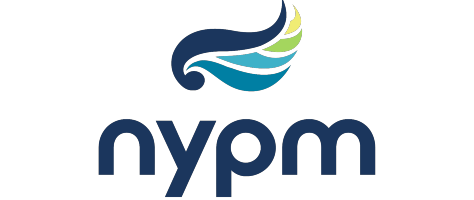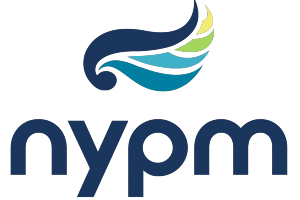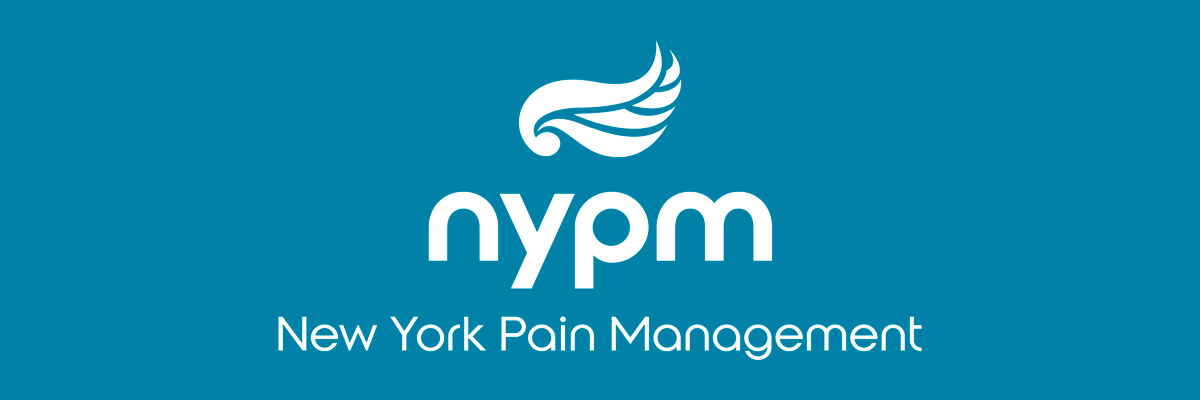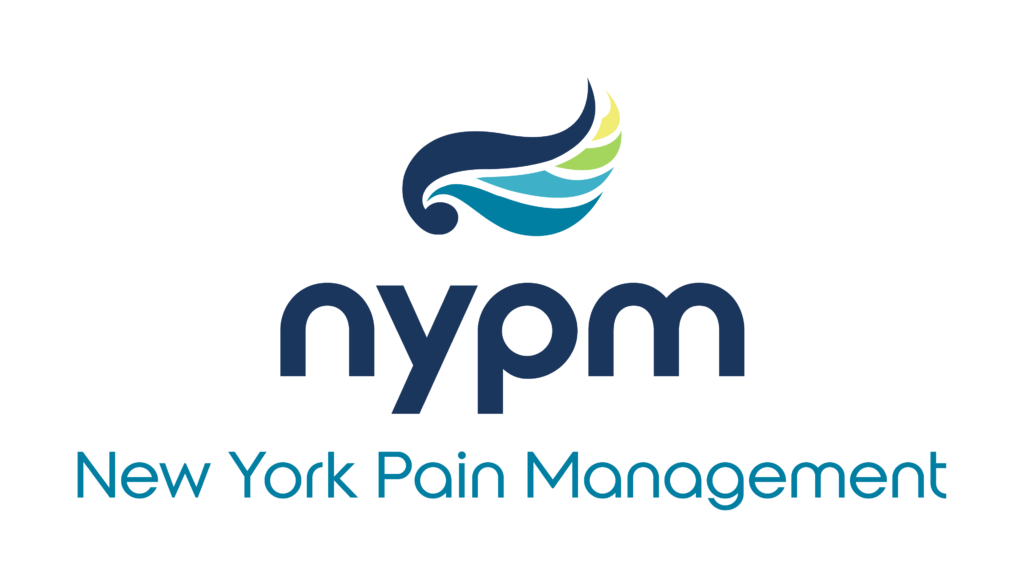Keeping Yourself Warm and Pain-Free This Winter
As winter comes into full swing, our attention turns to snow, ice and, winter activities. Here are a few tips to keep you pain-free this winter season. The winter environment can be great fun, but is also unforgiving.
- Be careful and pay attention – The most common causes of injuries in the winter include slips and falls. Make sure you wear proper footwear and take the extra time to walk slowly and to be aware of your surroundings. It only takes a small patch of ice to change a safe winter into a miserable painful one. Get an ice tip for your cane if you use one.
- Work safer -When shoveling snow, use proper equipment. Find a comfortable shovel to avoid repetitive injuries. Always wear gloves to protect your hands and boots to protect your feet and to prevent falls when clearing snow. Consider using an ergonomically designed shovel. The extra $5-10 in cost may save a lot of co-pay dollars. When operating a snow blower, wear protective goggles. Never put your hand in the chute to clear a jam with the machine off or on. Otherwise, plan on collecting your fingers when they come out the other side!
- Play safer—Helmets, Helmets, Helmets! – Use proper equipment when participating in winter activities. According to the American Association of Neurological Surgeons, in 2009 there were 16,948 winter sports (skiing, sledding, snowboarding, and snowmobiling) head injuries treated in emergency rooms. There were an additional 8,145 hockey related head injuries. When snowmobiling, skiing or snowboarding, always wear a helmet. When skiing, make sure you use proper fitting equipment that has had the bindings checked. Use proper technique to take some pressure off your back, knees, and other joints. Get a lesson for your safety and the safety of others! A very close call reminded me of this just last weekend. A little prevention can save you from a painful winter season.
- Take a break – Often we become so engrossed in our activities that we fail to take a much needed break. On your break, avoid consuming alcohol as it will impair your judgment and increase your heat loss. Repetitive motions are a common source of injury. Keep a timer and take a break every thirty minutes. Remember most ski injuries occur later in the day, especially on the third day of skiing or riding.
- Know your limits – Every individual is unique and there is no single regimen that will fit all. Know yourself. We tell our patients that they know their bodies better than anyone else does. If something feels wrong, just stop doing it. Know your limits! Most importantly, if you do injure yourself, don’t wait too long to seek medical advice. Often seemingly minor strains and sprains, if left untreated, can lead to more serious issues later on. With some attention and care, you can make your winter experience pain-free.
New York Pain Management has board certified pain physicians working for you. We have locations in Clifton Park and Queensbury and more information can be found on our website at https://www.nypainfree.com.





